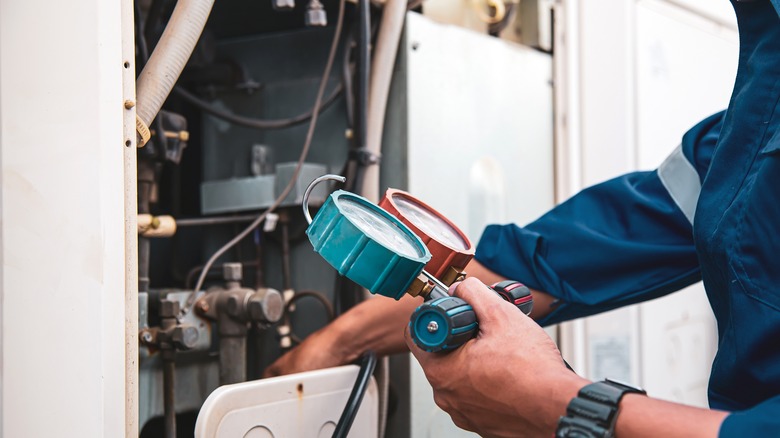
When planning a new heating system such as a Biomass Heating System, there is a temptation to rush through the technical assessments in the belief that most homes are alike. But heating technology is not a product that behaves the same way in every location. The performance of a system is shaped by the size of the property, the condition of insulation, the local climate, and the way the occupants use heat daily.
Air Source Heat Pumps offer a strong example of why careful assessment cannot be skipped. The technology relies on extracting heat from external air, but the efficiency depends on the building’s load requirement and the outdoor temperature profile. A property with thin walls or outdated radiators may demand a higher flow temperature, which reduces the efficiency curve if not accounted for in the design. Without a detailed survey, an installer may oversize or undersize the unit. Oversizing causes frequent cycling and reduces component life, while under-sizing places too much stress on the backup system.
Orientation and shading are also important considerations that too often get overlooked. For systems linked with renewable inputs or hybrid designs, the difference between south-facing and north-facing locations can radically change performance. A detailed site-specific assessment allows the installer to calculate expected seasonal performance across the year, identifying where additional measures like insulation improvements or auxiliary heating are essential.
Hydraulic integration is another area where generic design fails. Radiators and underfloor heating circuits must be compatible with the lower flow temperatures typical of modern heating systems. If an assessment is not carried out to check radiator sizes, pipe lengths, and distribution losses, indoor comfort can suffer. Homeowners may complain of uneven heating from room to room, but the issue lies in the missing preparation, not in the core equipment.
Long-term adaptability also depends on how carefully the property is studied before installation. Many homeowners intend to integrate in the future with smart controls, PV solar, or additional storage. But if the current design does not anticipate such upgrades, expansions later will be costly or even impossible. A heating system designed through proper surveying takes into account not only the property’s needs today but also the flexibility it will need tomorrow. Without site-specific care, the system becomes obsolete more quickly, removing the value of future innovation.
It is also important to consider the occupant’s lifestyle patterns. A system designed without understanding when and how heat is required may perform technically well but still disappoint. Families that are home during the day demand different heat distribution to households that are empty until the evening.
A site-specific assessment is the stage where hidden pitfalls are exposed and corrected before they turn into expensive mistakes. Homeowners should see it not as a delay or additional cost but as the safeguard that protects both money and comfort in the long term. In heating technology, the site is never secondary,it defines the success of the entire project. Without this stage, even the most advanced equipment can fail, while with it, efficiency, reliability, and satisfaction are all within reach.







